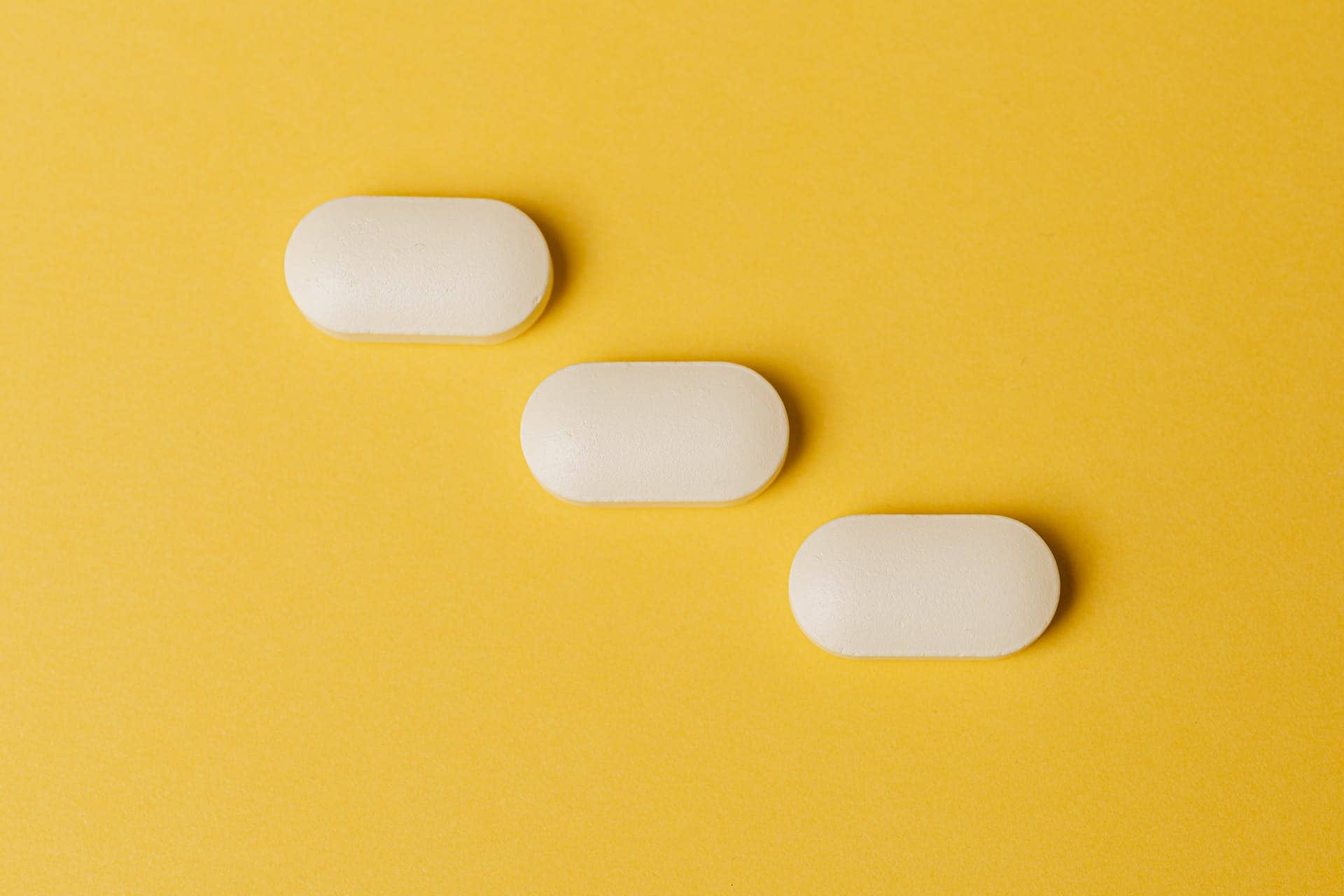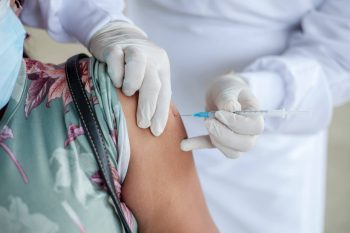Gilbert syndrome (GS) consists of an asymptomatic elevation of bilirubin levels (yellowish bile pigment) in the absence of hemolytic disease. A work on this syndrome has recently been published in the Journal of Hepatology.
The only physical sign of GS is the appearance of slight jaundice (yellowing) of the conjunctiva, without being accompanied by any other sign or symptom of disease. This syndrome is common as it occurs in approximately 5% of the general population. Gilbert Syndrome is caused by a defect of the conjugation of bilirubin with glucuronic acid, which causes an increase in indirect bilirubin. The formation of conjugated bilirubin is mediated by the enzyme UGT1A1 and numerous mutations or polymorphisms have been described in the gene of this enzyme, suggesting that the syndrome may have a genetic basis.
How Gilbert syndrome is diagnosed
GS is usually diagnosed by blood tests during routine check-ups or during workup for other diseases. It must be taken into account that between 10-20% of the general population may have alterations in liver analytical parameters, so to diagnose Gilbert Syndrome it is important to rule out all causes of liver disease.
Various studies have shown that people with GS seem to be protected against atherosclerotic diseases. The spectrum of medical conditions on which GS has a beneficial effect is very broad, such as metabolic conditions (overweight and obesity, metabolic syndrome, fatty liver, diabetes). It also positively influences the evolution of oncological, inflammatory, autoimmune and neurodegenerative diseases (lupus erythematosus, rheumatoid arthritis, schizophrenia, etc.).
On the other hand, people with GS have a lower tendency to accumulate fat in old age; when young they present a lower body mass index than those without GS (22.5 vs 23.5 kg/m2) and are less likely to suffer from type 2 diabetes. All these data explain why people with Gilbert syndrome have a longer life. In this sense, a study that followed up people with and without GS but with the same epidemiological characteristics, demonstrated a 50% reduction of mortality rate in people with GS.
Treatment of this syndrome
Gilbert Syndrome does not need treatment and is not considered a disease itself. Taking into account the benefits of high indirect bilirubin, the possibility of increasing its levels could be considered. There are various drugs that increment bilirubin levels, but they are not administered for this purpose. Diet can increase bilirubin levels by eating green plants (spinach, broccoli, lettuce, arugula, watercress, parsley, etc.). Another way to raise bilirubin is to make lifestyle changes: increasing the consumption of fruits and vegetables, eating carbohydrates, light calorie restriction, and performing aerobic exercise.
At the Foundation, Dr. Carreño and his team explain all these findings to people with GS so that they understand that they have no reason to worry.





